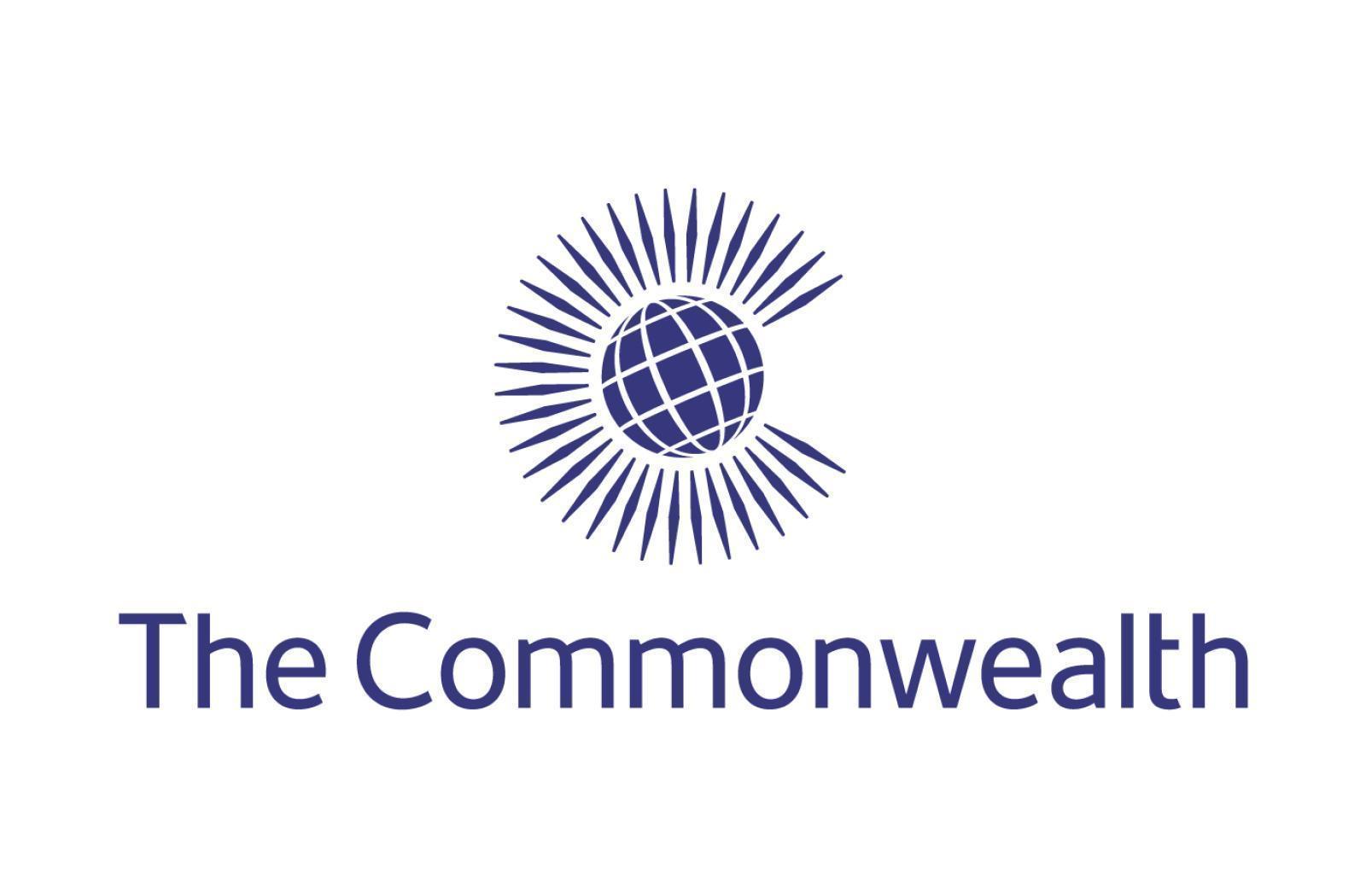- Two years of hellish war have devastated Gaza’s children Unicef
- With nearly 20,000 dead, children biggest victims of Gaza genocide | Daily Sabah Daily Sabah
- Xinhua News | Over 60,000 children killed or maimed in Israel-Palestine conflict:…
Blog
-
Two years of hellish war have devastated Gaza’s children – Unicef
-
Africa needs conflict prevention as the continent faces unprecedented threats – UN News
- Africa needs conflict prevention as the continent faces unprecedented threats UN News
- African Union’s partnership with UN “essential to confronting threats” facing Africa africanews.com
- Pakistan calls for stronger United Nations-African Union…
Continue Reading
-

Two People Reportedly Shot Dead Outside Famous Bakery in Islamabad
Two people were shot dead late Tuesday night outside Loafology bakery in Islamabad’s Blue Area, opposite the Islamabad Stock Exchange (ISE) Tower.
Both victims were hit multiple times, including in the head, and died on the spot.
Continue Reading
-
Pakistan seeks regional countries’ help to counter threats from Afghanistan – Dawn
- Pakistan seeks regional countries’ help to counter threats from Afghanistan Dawn
- Russia hosts Taliban delegation and warns against foreign military presence in Afghanistan AP News
- TOLOnews – 6pm News – 07 Oct 2025 TOLOnews
- Moscow rules out…
Continue Reading
-

Morocco’s Gen Z protests – DW – 10/07/2025
Although there’s a temporary pause this week, the protests in Morocco will keep going until they achieve what they set out to do, one of the organizers of the youth-led movement behind the biggest anti-government protests the country has seen in…
Continue Reading
-

India edges closer to recognising Taliban as Muttaqi to arrive in Delhi for a five-day visit
Two days before the visit of Amir Khan Muttaqi, Acting Foreign Minister of the Taliban regime ruling Afghanistan, the Indian government came one step closer to formally recognising the Taliban, as a regional grouping that India is a part of…
Continue Reading
-

BBC Verify Live: Satellite imagery shows destruction in Gaza after two years of war
How we keep track of the Gaza hostagespublished at 16:53 BST 7 October
Emma Pengelly
BBC Verify journalist Image source, The Hostages and Missing Families Forum
Image source, The Hostages and Missing Families ForumEarlier we told you what we know about the hostages that are…
Continue Reading
-

Commonwealth statement on procedure for releasing observer reports
The Commonwealth Secretariat is guided by, and is deeply committed to, the values of the Commonwealth Charter, which are shared by all our member countries.
The Commonwealth observation methodology is guided by the
Continue Reading
-

Diplomacy’s lowest point: how the Israel-Gaza conflict was mishandled | Israel-Gaza war
George Mitchell, the great US advocate for the Northern Ireland peace agreement, described diplomacy as 700 days of failure and one of success. In Gaza, tragically, there have been 730 days of failure and none of success. Indeed, the destruction,…
Continue Reading
